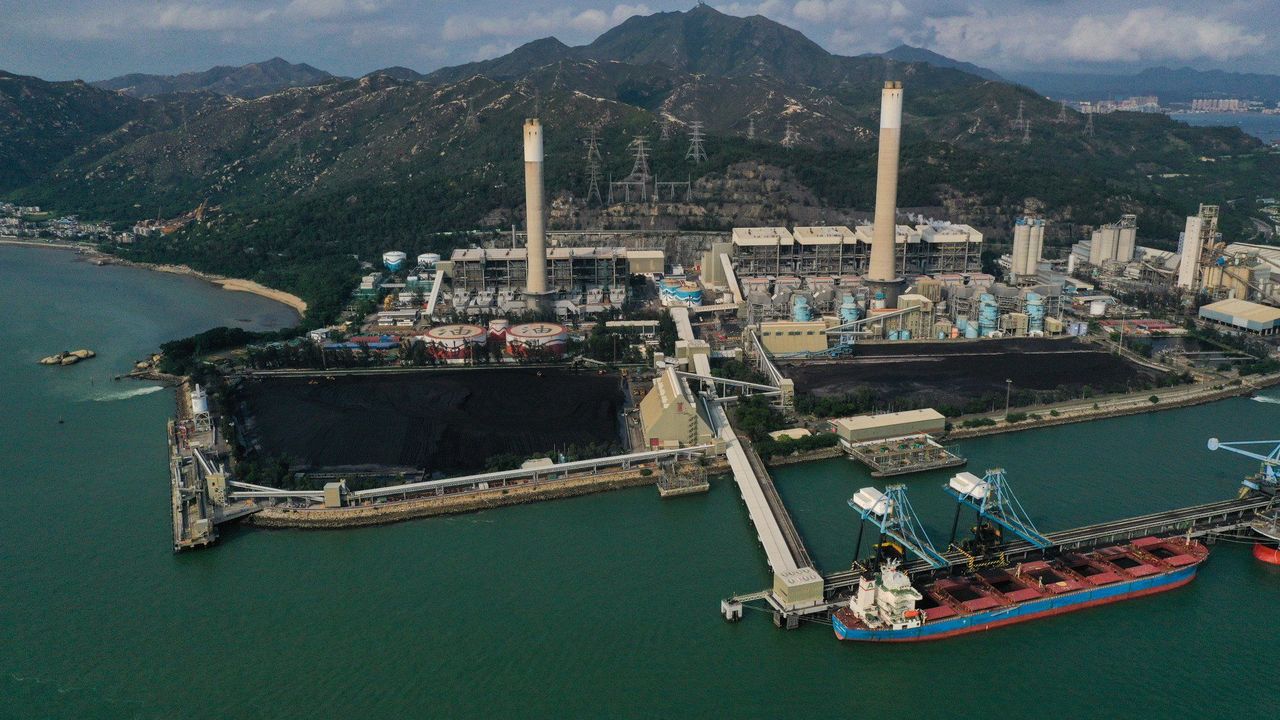Hong Kong News

Hong Kong electricity suppliers raise fees 3 months after last increase
Both of Hong Kong’s electricity suppliers have raised their prices, with the company supplying power to the southern side of the city increasing the per unit charge to HK$2 (25 US cents), a nearly 5 per cent jump.
CLP Power and HK Electric on Monday said they would raise their fuel surcharges by 1.29 per cent and 4.73 per cent to 62.8 HK cents and 86.4 HK cents per unit, respectively, starting in March, just three months after they increased the net tariff rate for the year.
The rises will push the overall tariff rates for residents living in Kowloon and New Territories to about HK$1.55 and those living on Hong Kong Island to around HK$2 per kilowatt-hour.
 A view of Castle Peak Power Station owned by CLP group.
A view of Castle Peak Power Station owned by CLP group.
Government statistics show that a three-member family household on average consumes 411kWh of electricity a month. The average household customers of CLP Power will see their bills increase by HK$5.70 to HK$536.29, up from HK$530.51, per month.
Meanwhile, there will be rise of HK$16.02 rise for the average household customers of HK Electric, from HK$690.41 to HK$706.43.
“The adjustment has been made based on the data of the previous quarter, so it has lagged [behind the real-time fuel prices],” CLP Power’s managing director Chiang Tung-keung on Monday said.
But with the recent drop in oil and coal prices, Chiang added that he believed the fuel cost surcharge could be lowered in the coming months if the downward trend continued.
He also revealed that the power company would continue to procure cheaper fuel, enhance the efficiency of power generators and increase the use of renewable energy and natural gas.
“The current base rate has remained unchanged for three years, and CLP Power will continue to control the costs,” he said.
The increment came as the electricity supplier on Monday revealed a major setback in its revenue performance last year, with an 89.1 per cent drop to HK$924 million. CLP Power attributed that to a HK$2.937 billion loss in its Australian business.
Hong Kong Electric has yet to announce its results.
CLP Power is the larger of the two electricity companies in the city, covering 80 per cent of the city’s 7.4 million population. It supplies energy to Kowloon, the New Territories and most of the city’s outlying islands.
HK Electric, meanwhile, operates on Hong Kong and Lamma islands.
The electricity price in Hong Kong comprises three parts: a base rate, a fuel cost surcharge and a rebate.
The base rate refers to the electricity company’s operating expenses, basic fuel costs and profits, while the fuel cost charge is the reimbursement for the fuel they have bought.
According to the firms, the fuel cost adjustment, based on the difference between forecast and actual prices, may increase or decrease households’ electricity bills. It is updated every month to reflect the latest fuel price changes.
This January, the two electricity companies raised tariffs by as much as 6.4 per cent. The single-digit increases, however, did not give a complete picture of the changing fees, as residents would be paying CLP Power 19.8 per cent more and HK Electric an additional 45.6 per cent a year after taking into account the steady rise in fuel clause charges.
In his annual budget last week, Financial Secretary Paul Chan Mo-po said he would grant a HK$1,000 monthly electricity charge relief to 2.9 million households and extend the current HK$50 measure to the end of 2025.
Lawmaker Scott Leung Man-kwong of Kowloon West New Dynamic said the increase was not satisfactory, adding it would heap further pressure on low-income families and those living in subdivided flats.
“Electricity is a necessity, and residents can’t just swap power suppliers,” he said. “The temperatures are still tolerable right now. The weather is still cool. But imagine during summer: air conditioning is essential to people and consumes energy.”
Leung suggested that the government set up a mechanism to stabilise the prices of utilities and public transport.











